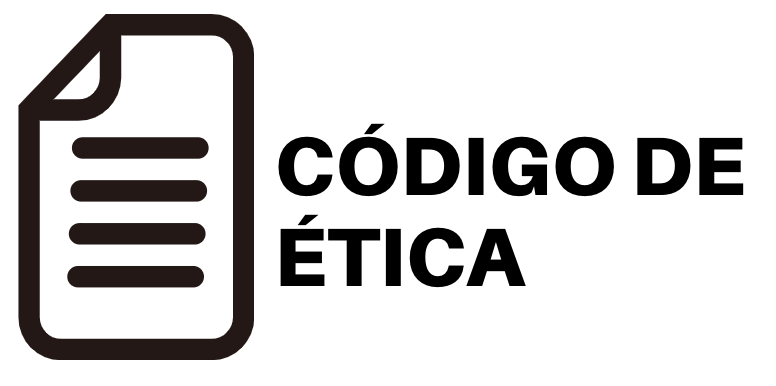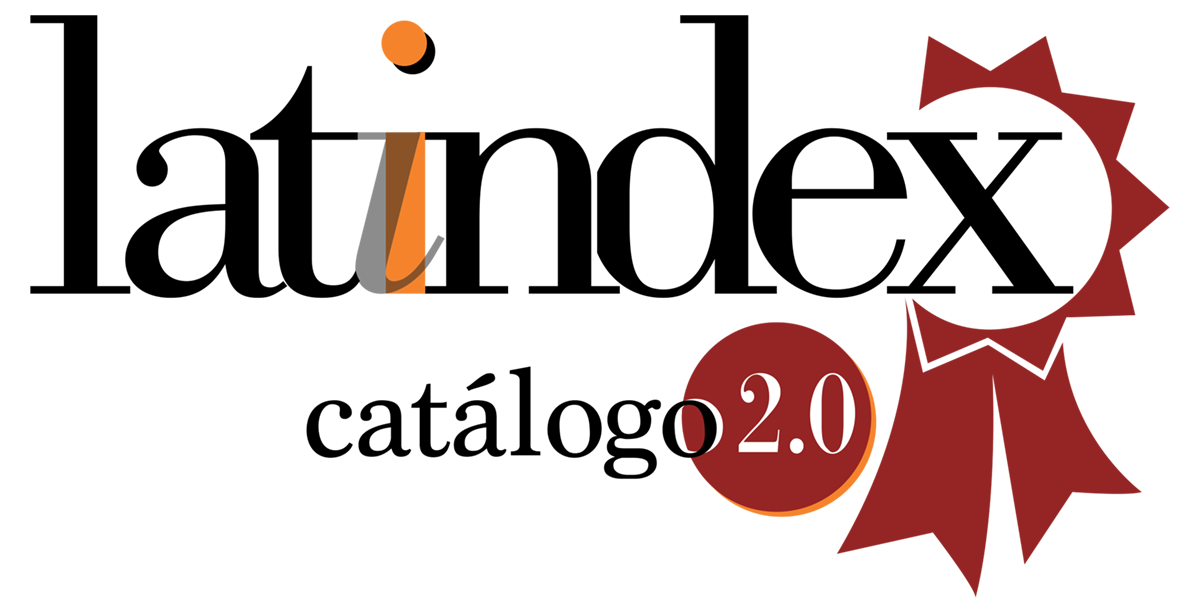Psychosocial factors related to anxiety in adolescents
DOI:
https://doi.org/10.33936/psidial.v1iEspecial.6411Keywords:
Anxiety, psychosocial factors, adolescents, quality of lifeAbstract
Anxiety is a normal reaction of the body to situations that it perceives as threatening or stressful. However, when anxiety becomes excessive, frequent or disproportionate to reality, it can interfere with the normal functioning of the person and affect their quality of life. In adolescents, the rate of anxiety is high, since they are going through a stage of change and decision making, which for many adolescents can be stressful and frustrating, in addition to the fact that there are factors that have an impact on anxiety. The research sought to understand the psychosocial factors associated with anxiety in the adolescent population, it is of non-experimental design because the variables were not directly manipulated, with a qualitative approach, descriptive in scope, bibliographic type, inductive-deductive, analytical-synthetic and literature review methods were applied. The research indicated that psychosocial factors are closely related to anxiety in adolescents as they can significantly influence either as support at this stage of life, as a motivator or in a negative way by influencing anxiety.
Downloads
References
Brittany Allen, M. F. (2019). healthychildren.org. Obtenido de healthychildren.org:
https://www.healthychildren.org/Spanish/ages-stages/teen/Paginas/Stagesof-Adolescence.aspx
Caroline Miller, J. B. (17 de Enero de 2023). Child Mint Institute. Obtenido de Child Mint Institute: https://childmind.org/es/articulo/de-que-manera-laansiedad-afecta-a-los-adolescentes/
Eduard Forcadell López, L. L. (29 de enero de 2019). Clinic Barcelona/Universitat de Barcelona. Obtenido de Portar Clinic: https://www.clinicbarcelona.org/asistencia/enfermedades/trastornos-de-ansiedad
INFOCOP. (28 de 09 de 2023). INFOCOP. Obtenido de Consejo General de la Psicologia de España: https://www.infocop.es/es-prioritario-abordar-lapresion-academica-en-ninos-y-adolescentes/
Iván Martínez Chairez, J. T. (2020). El contexto familiar y su vinculación con el rendimiento académico. Redalyc. Obtenido de https://www.redalyc.org/journal/5216/521662150008/html/
María Inés Hidalgo Vicarioa, M. J.-F. (2014). Adolescencia. Aspectos físicos, psicológicos y sociales. ELSEVIER, 42-46.
OMS. (2018). Salud Mental Adolescente OMS 2018. https://psicoadolescencia.com.ar/docs/oms2018.pdf
OMS. (17 de Noviembre de 2021). Organización mundial de la salud. https://www.who.int/es/news-room/fact-sheets/detail/adolescent-mentalhealth
OMS. (27 de Septiembre de 2023). OMS. Obtenido de Organización Mundial de la Salud: https://www.who.int/es/news-room/fact-sheets/detail/anxietydisorders
Parra, A. d. (2012). Universidad Central del Ecuador. Obtenido de UCE: https://www.dspace.uce.edu.ec/server/api/core/bitstreams/9f90b43d-7fbf-4df8-8598-fcbf7203501b/content
Piqueras Rodriguez, M. G. (2008). ANSIEDAD, DEPRESIÓN Y SALUD. SUMA PSICOLOGICA, 43-74. https://www.redalyc.org/pdf/1342/134212604002.pdf
Psicomaster. (2 de Noviembre de 2020). Psicologia y Mente. Obtenido de https://
psicologiaymente.com/clinica/ansiedad-adolescencia
Sampieri, R. H. (2014). Metodología de la Investigacion. McGRAW-HILL /INTERAMERICANA EDITORES, S.A. DE C.V., 634.https://www.esup.edu.pe/wp-content/uploads/2020/12/2.%20Hernandez,%20Fernandez%20y%20Baptista-Metodolog%C3%ADa%20Investigacion%20Cientifica%206ta%20ed.pdf
UNICEF. (s.f.). UNICEF. Obtenido de https://www.unicef.org/es/desarrollo-yparticipacion-de-la-adolescencia
UNIR. (12 de ABRIL de 2023). UNIR. Obtenido de https://ecuador.unir.net/actualidad-unir/ansiedad-adolescentes/
Downloads
Published
Issue
Section
License
Copyright (c) 2024 Carlos Alberto Veliz Molina, Isabel Patricia Valdivieso López

This work is licensed under a Creative Commons Attribution-NonCommercial-ShareAlike 4.0 International License.


















